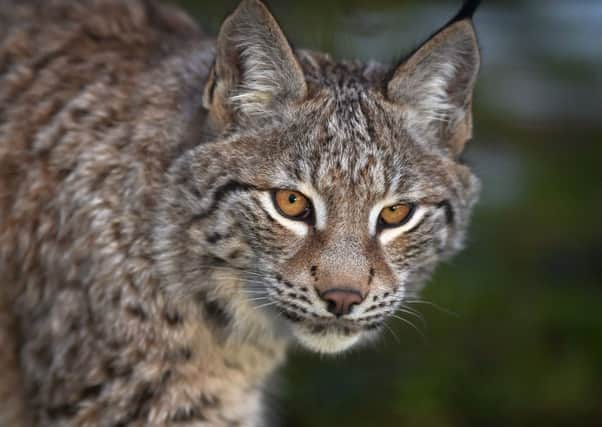Rory Kennedy: Clearances and the rewilding of Scotland


Rewilding is the act of restoring areas of land to the ultimate forces of nature, to become self-regulating ecosystems. To function efficiently, this requires the reintroduction of key species which have long since vanished from our shores. This is contrary to traditional conservationism, which aims to preserve an ecosystem at a point in time, for the benefit of particular vulnerable species. As such, even our most wild conservation land currently relies on the guiding hand of man.
Habitat management requires us to cull thousands of deer each year. Rewilding would ultimately reintroduce apex predators, which may include wolves and lynx, to do this naturally. Currently a number of lynx pilot sites are being proposed.
Advertisement
Hide AdAdvertisement
Hide AdThe subject is often hijacked by ideological land reformists and animal rights campaigners. On the other side of the debate, Scottish gamekeepers and UK farming groups have made some incredible claims about the risks of sea eagles and lynx to the public. However, in amongst the hyperbole, there are genuine concerns.
Rewilding requires large land masses; in reality this is land currently in economic use and not under single ownership. As such, rewilding would require a paradigm shift in our approach to land use, yet have to be sympathetic to the economic and social needs of our rural communities.
Proponents often cite rewilding’s tourism potential, but this is undermined by the fact that apex predators such as wolf or lynx, are notoriously rarely seen.
Our uplands are a finite resource and we need to evaluate rewilding in the context of current land use. Upland farming is dependent on public subsidy, however, it provides livelihoods in remote areas and thus sustains communities. Similarly our sporting estates play a key role in the £2bn Gross Value Added (GVA) that shooting generates for the UK economy.
The conservation benefits of managed shooting moor, versus adjoining unmanaged moor, are well documented. It supports otherwise plummeting populations of ground-nesting birds, such as curlew. Shooting interests provide habitat management over ten times the total area of all national and local nature reserves. According to one major economic study, the associated annual spend on conservation measures is eight times the RSPB’s spend on its reserves and provides the equivalent of 16,000 full-time conservation jobs.
As many of these diverse habitats exist because of managed land, the biggest losers from rewilding may be those vulnerable species that benefit from human intervention.
After Brexit, the UK will depart from the Common Agricultural Policy. An equivalent model of support is likely to be increasingly weighted towards agri-environmental schemes and there is certainly scope to further enhance biodiversity alongside farming. While the media spotlight is on bringing back “charismatic apex predators”, is this really the best way forward in protecting and enhancing Scotland’s natural capital? Why spend resources on lynx when we can’t sustain our existing wildcat or capercaillie populations?
Even by Rewilding Britain’s own admission, the time horizon for genuine rewilding is measured in generations and the discussion is not about whether we can realistically sustain wolves now, but what we should be doing so that we might have appropriate habitat in our grandchildren’s lifetimes.
Advertisement
Hide AdAdvertisement
Hide AdUltimately rewilding may be viewed as a positive aspiration for our nation, and any economic loss to communities as, on balance, for the greater good. Land use patterns change and so do human populations – the ruined hamlets in our glens are testament to that. However, history should caution us that the insensitivity of the Clearances were seen as enlightened progress at the time. While I hope there is a place for rewilding, we must not lose sight of the contribution made to conservation and economic sustainability by Scotland’s traditional land uses.
Rory Kennedy is head of rural estates from Chiene + Tait